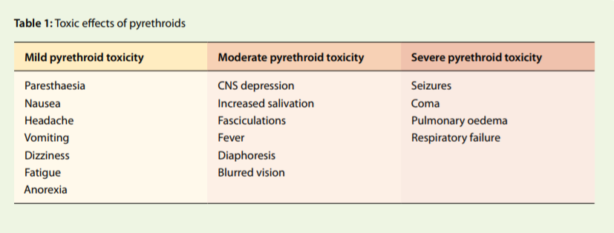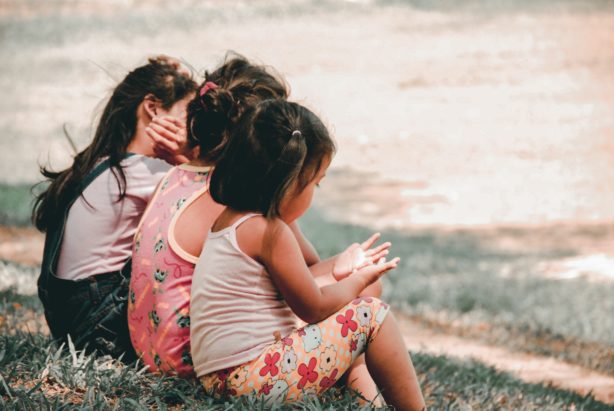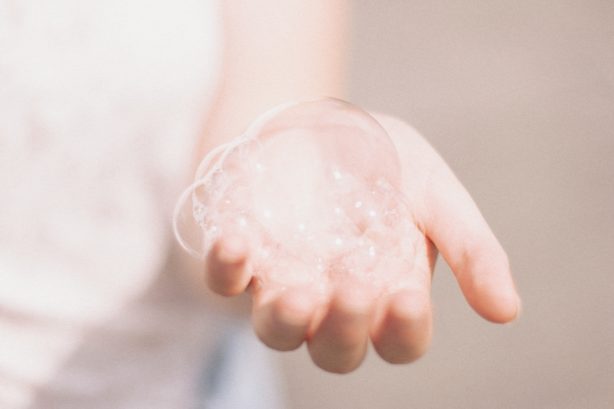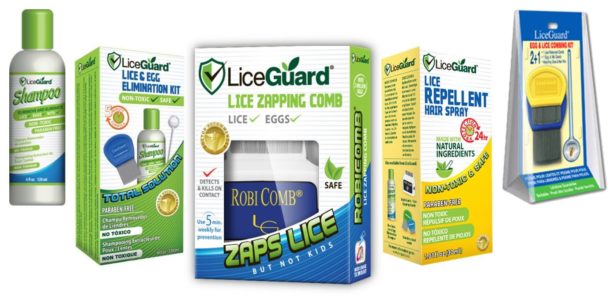Have you had an encounter with head lice yet? If you have school-aged children, statistically speaking, you’re likely to come up against them at some point.
Lice have been present wherever humans are for centuries, and they’re especially prevalent among our younger kids. Schools, daycare facilities and other places where kids are playing close together can be prime areas for infestation. Of course, major infestations of those areas must be handled by professional exterminators.
Most parents will look for the quickest, most effective way to get rid of lice. Many schools still send kids home and won’t allow them back until they are “nit free,” while you still must get to work!
The problem is that not all lice treatments are a great choice. In fact, some over-the-counter treatments can be downright harmful. Want to avoid potential ill-effects of treatments, yet still successfully get rid of lice? Home remedies for head lice can be effective, but it’s important to know what you’re dealing with:
The Size of the Lice Problem in North America
The official estimates of the CDC show 6 to 12 million lice infestations in the 3 to 11 age group annually. Given that many cases go unreported, some suspect this number to be a low estimate. In any case, just know that a lot of kids get lice and it’s totally normal!
In some parts of the country, doctors have noticed an increase in lice infestations among teens as well. This is relatively unusual – the prevalence of lice among younger kids is linked with how closely they play together, which doesn’t tend to be the case among teens.
Medical professionals hesitate to back any one cause behind more lice among teens, although some theorize that the popularity of selfies plays a role. How many kids are putting their heads close together for cellphone cameras?
Most infestations occur in the warmer months, right before school lets out for summer, or upon the return of kids after the vacation. In some states where temperatures are milder, lice may be a problem at any time of year.
Over-the-Counter Treatments
One of the first things many parents turn to is one of the common over-the-counter treatments for dealing with lice. The most prevalent treatments are permethrin or pyrethroid-based – these have been around for decades now.
There are two key problems with pyrethroid treatments. First, they are increasingly ineffective, especially against today’s “super lice,” and second, they may be harmful to your kids.
Studies have found that the widespread use of pyrethroids to treat lice over the last 30 years has led to resistance to the treatment among lice.
These so-called “super lice” are persistent – you could find yourself repeatedly treating your child to no avail. Scientists believe that incorrect usage and over-exposure lead to lice evolving and often becoming “immune” to the treatments.
There is more than just the nuisance-factor of having persistent lice involved – the chemicals in pyrethroid treatments may be harming your kids. Pyrethroids are “ion channel toxins” that interfere with nervous system function. Of course, this has implications widely in the body.
Pyrethroid toxicity has been observed through exposure to a range of different applications, including aerosol sprays, oils and smoke coils. It is also possible to experience ill-effects from so-called “safe” over-the-counter lice treatments.
The risks are especially heightened if the product is used incorrectly, your child is exposed to multiple doses or they otherwise have a sensitivity to pyrethroids.
The symptoms of pyrethroid toxicity range from mild to severe. Someone may experience headaches or skin irritation, or, in more extreme cases, seizures, respiratory failure or pulmonary edema. The table below outlines a range of symptoms that no parent wants their child to endure!

Safe Lice Treatments
This naturally leads to a big question – which home remedies for head lice are safe and effective? Fortunately, there are other options to choose from that avoid a chemical nightmare.
For starters, there are non-toxic shampoos designed to help eliminate lice. To be clear, most of these aren’t designed to kill the lice or the nit, but to make it much easier to comb them from your child’s hair. Combing has been shown to be one of the most effective methods for ridding your child of lice, particularly if you consider the treatment-resistant super lice.
A shampoo such as LiceGuard Lice and Egg Shampoo has been proven to help remove more than three times the number of lice and eggs as compared to other combing methods. The shampoo is designed to break the bonds that lice and eggs form to hold onto hair and does not contain harmful chemicals.
Secondly, you could simply comb the lice and eggs out. Recent studies have found combing procedures to be highly effective for removing lice, especially if the infestation is mild to moderate. You can simply purchase an inexpensive lice comb to get the job done.
As another option to improve the effectiveness of combing, you might consider using an electric lice comb. RobiComb is a good example of these – it works by zapping the lice with an electric charge, stunning or killing them. This makes them easy to remove, while the nits are also combed out.
There are a lot of reasons to be concerned by the potential toxicity of standard, over-the-counter lice treatments, but fortunately, there are some great non-toxic home remedies for head lice. Treat your child thoroughly and then take some measures to avoid re-infestation. You’ll have them back to school lice-free in no time.



